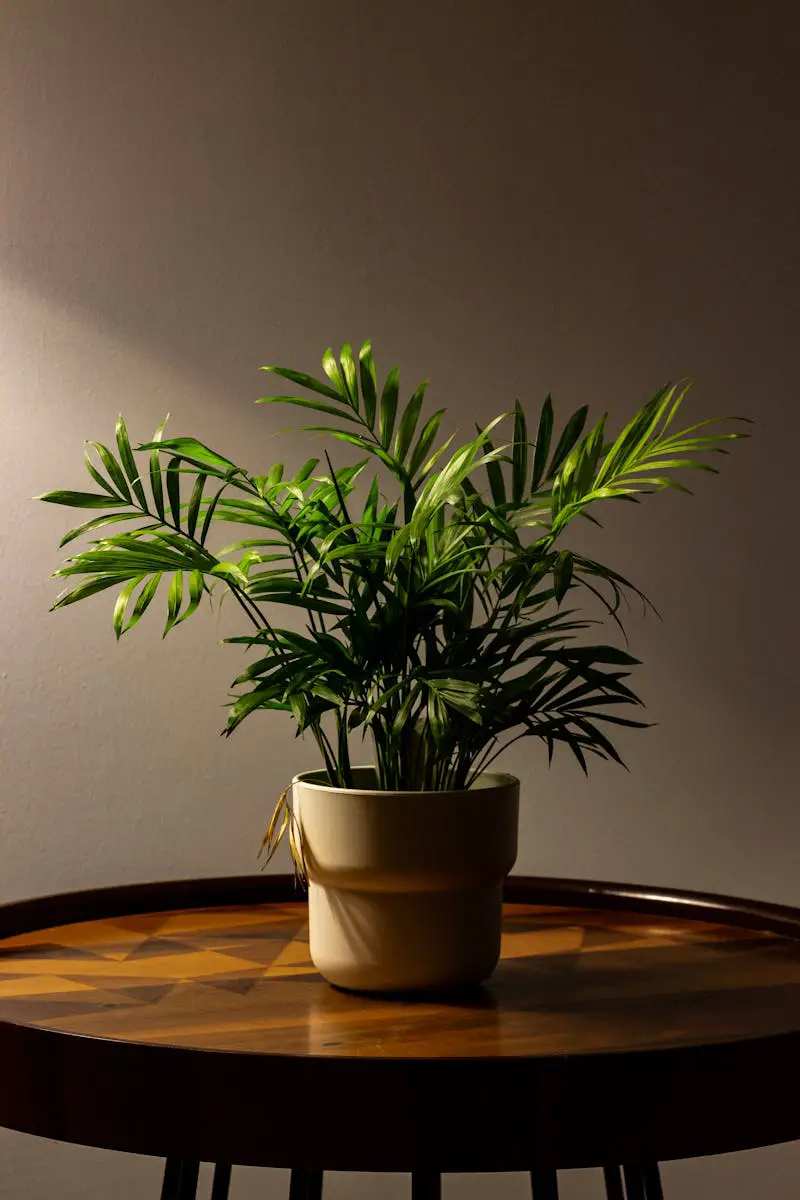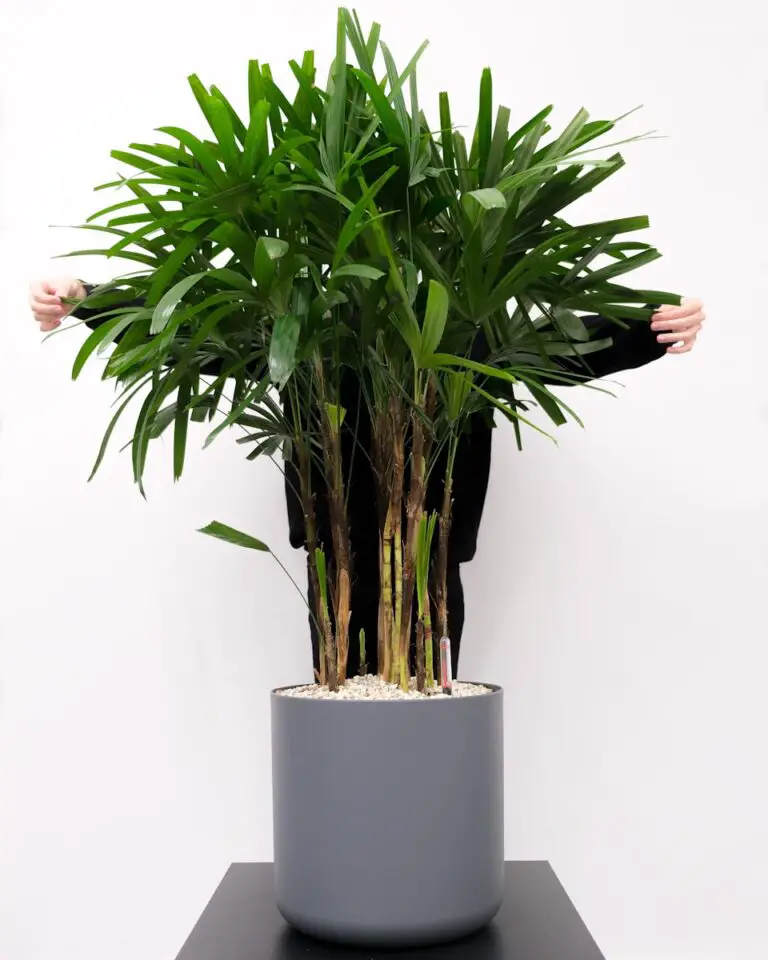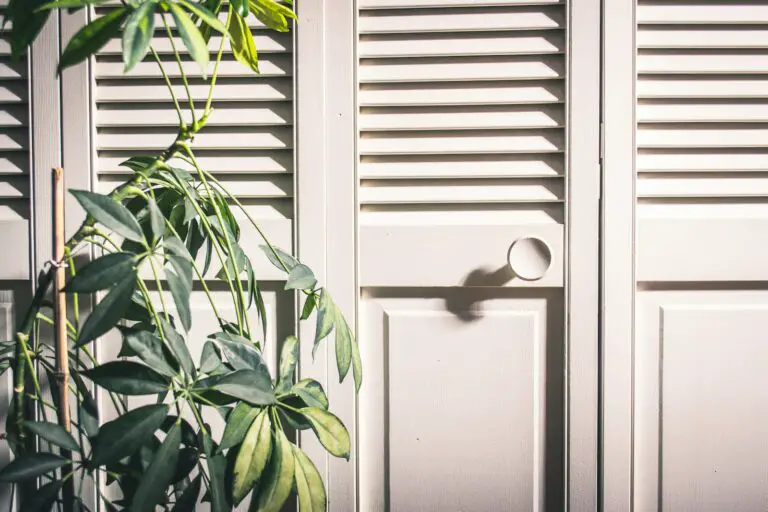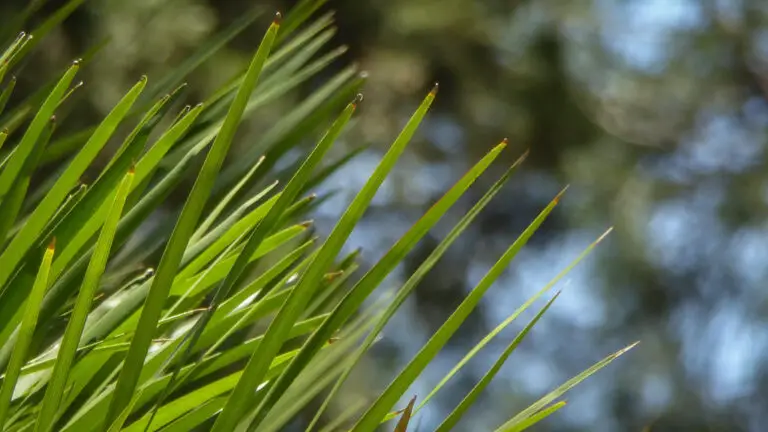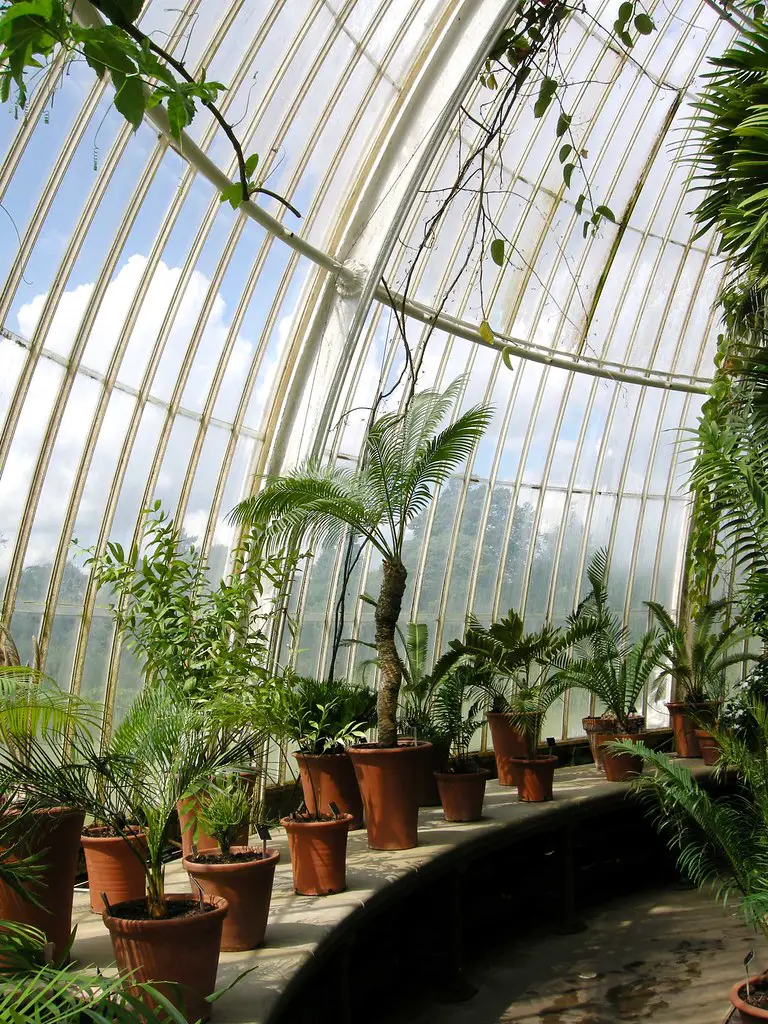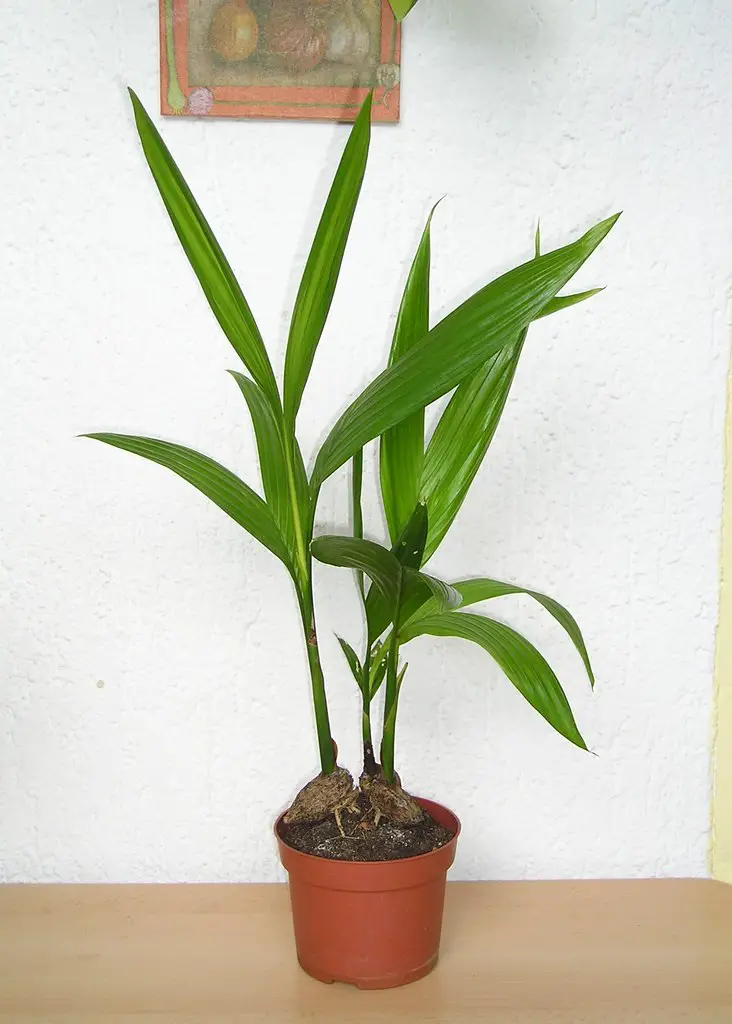The Basics of Indoor Bamboo Palm Care: Light, Water, and Temperature
For home gardeners, tending to indoor plants is not just a hobby; it’s a tranquil art that can enhance the beauty and air quality of living spaces. Among the vast array of plant species that thrive indoors, the graceful and vibrant bamboo palm, also known as the parlor palm (Chamaedorea seifrizii), stands out for its exotic, tropical allure. However, fostering this botanical star within the four walls of your home isn’t as simple as setting it and forgetting it. Understanding the fundamentals of bamboo palm care – from the nuances of light exposure to the intricacies of watering – is essential for keeping this plant in the pink of health. This comprehensive guide is a one-stop resource for all things bamboo palm, ensuring that your indoor oasis flourishes.
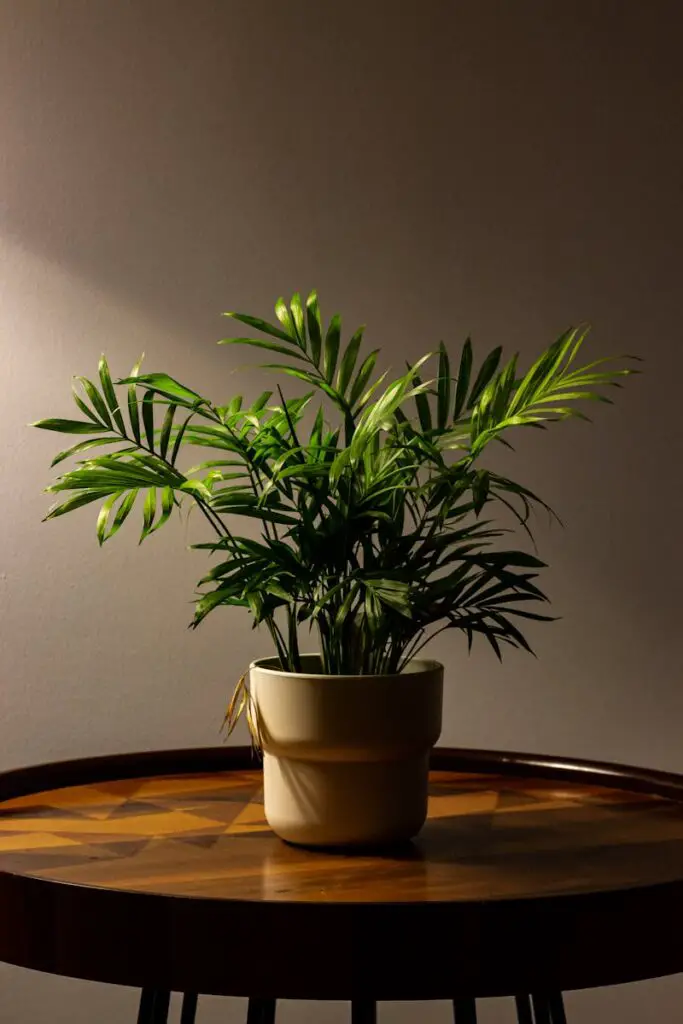
Introduction
The indoor bamboo palm is a low-maintenance plant with a high aesthetic value, making it a popular choice for both novice and experienced indoor gardeners. In this deep dive, we’ll explore the three pillars of indoor bamboo palm care: light, water, and temperature. These botanical cornerstones influence each other and are vital for the overall wellbeing of your palm. By learning how to strike the perfect balance, you will contribute to a living environment that’s as serene and vibrant as the most resplendent of tropical resorts.
Light Requirements
Shining a Light on the Parlor Palm’s Needs
The bamboo palm’s natural habitat is beneath the lush canopies of rainforests, where it thrives in dappled sunlight. When recreating these conditions indoors, aim for bright, indirect light. This means placing your palm away from direct sunbeams, which can scorch its delicate leaves. If you notice the foliage turning a pale green or even a bit yellow, it’s likely getting too much light. However, don’t consign your plant to a perpetually shady corner either, as insufficient light can lead to spindly growth and lower leaf production.
Adjust the plant’s light exposure gradually, allowing it to adapt. Rotating the pot regularly to ensure even leaf exposure to light can prevent the bamboo palm from leaning toward a single light source. A great practice is to check on your palm during the day and observe the shifting patterns of light. This routine not only matches its natural environment but also offers an opportunity for you to connect with your plant.
Watering Guidelines
H₂O Unraveled: The Science of Moisture for Healthy Palms
An area where bamboo palm care often goes awry is watering. This plant is sensitive to overwatering, making it crucial to strike the right balance. The top inch of the soil should dry out between waterings; you can gauge dryness by inserting your finger into the soil. If it feels moist, hold off on watering for a day or two. The goal is to hydrate the entire root ball thoroughly, allowing excess water to drain from the pot’s bottom to prevent waterlogged soil.
Inspect your plant for signs of water distress. Yellowing leaves, especially when accompanied by mushy or brown roots, are a red flag for overwatering. Conversely, if the leaves are browning at the tips and the soil is consistently dry, your bamboo palm is likely thirsty. Adjust the watering frequency accordingly, and consider using filtered water to prevent salt and mineral buildup, which can block the plant’s ability to absorb moisture.
Temperature Considerations
Keep it Cool (or Warm): The Best of Both Thermes
Like Goldilocks, the bamboo palm seeks the “just right” spot in terms of temperature. It performs best when the mercury hovers between 60°F and 70°F (15°C to 24°C). Sudden temperature drops or prolonged exposure to drafts can cause stress and lead to leaf loss. Keep the palm away from air conditioning units, heating vents, and chilly windows, as these can create temperature differentials that the plant will find discomforting.
If you don’t keep your home within the recommended range, find creative solutions. Grouping plants together can create a microclimate that’s more humid and warmer. Misting the bamboo palm with tepid water can also increase the local humidity, particularly during dry winter months when indoor heating is prevalent.
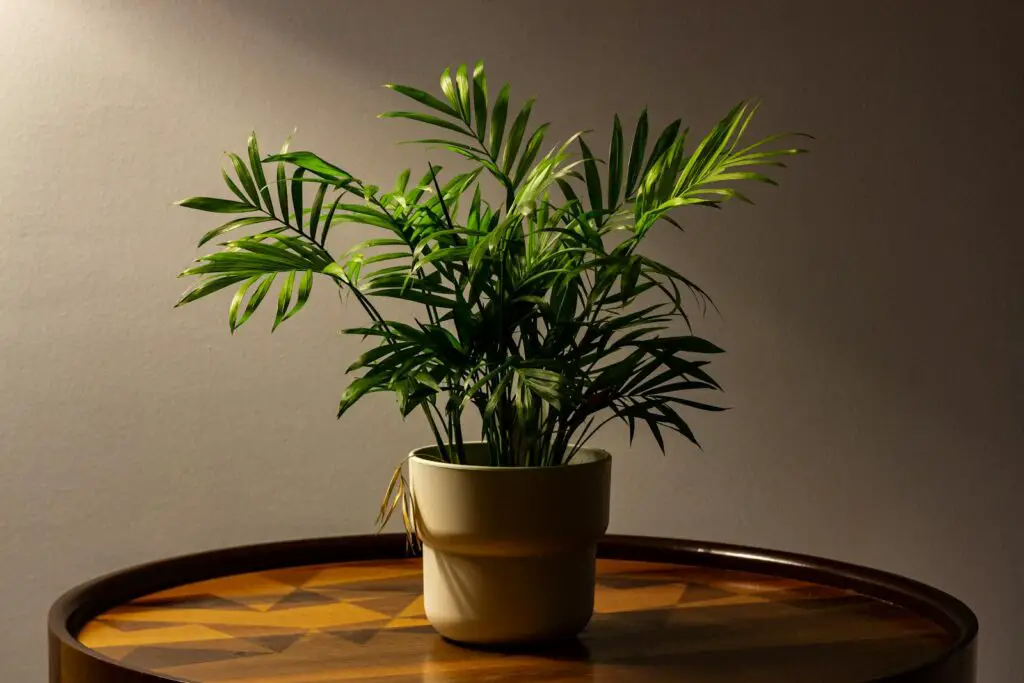
Maintenance Tips
Trim, Prune, and Nourish: Sustaining the Serenity
Occasional maintenance is essential to keep your bamboo palm looking its best and maintaining its health. Dust can accumulate on the broad, fan-like leaves, diminishing the plant’s ability to photosynthesize. Wipe the leaves gently with a damp cloth or give the plant a lukewarm shower to revitalize its foliage.
Pruning is a less frequent but more involved task. If you notice browning or yellowing leaves, remove them at the base to encourage new growth. Over time, you may also need to repot your palm to give its roots more space. Use well-draining, rich potting soil, or create your blend with peat moss, perlite, and compost.
Fertilize your bamboo palm sparingly, no more than once a month during the growing season, with a balanced liquid fertilizer diluted to half strength. Too much fertilizer can lead to a buildup of salts, causing tips to brown or leaf edges to curl. Remember, moderation is the mantra for indoor plant care.
Troubleshooting Common Issues
Pests, Diseases, and Other Dilemmas
Despite your best efforts, your bamboo palm may encounter setbacks. Indoor palms are occasionally plagued by spider mites, mealybugs, or scale insects. Regularly inspect the undersides of leaves and the crevices where the stems meet the trunk for any sign of infestation. If detected early, these pests can often be controlled with natural remedies like neem oil or insecticidal soap.
If your palm appears unhealthy and you’ve ruled out light, water, and temperature as culprits, the issue may be a disease. Browning, spotting, or wilting can be signs of a fungal or bacterial problem. Start by isolating affected plants and adjusting care routines to be more preventive. If the issue persists, consider taking a sample to a local nursery for diagnosis and proper treatment.
Conclusion
Caring for an indoor bamboo palm is both art and science. The tips and strategies outlined in this comprehensive guide provide the foundation for a healthy and harmonious relationship between you and your plant. By understanding the uniqueness of your bamboo palm’s needs and the signs it gives, you’ll be equipped to adapt and provide the care it deserves. Don’t be discouraged by the occasional challenge; instead, view it as an opportunity to fine-tune your horticultural acumen. With patience and practice, you’ll soon be rewarded with a home filled with the verdant elegance and tranquil essence of the tropics.

